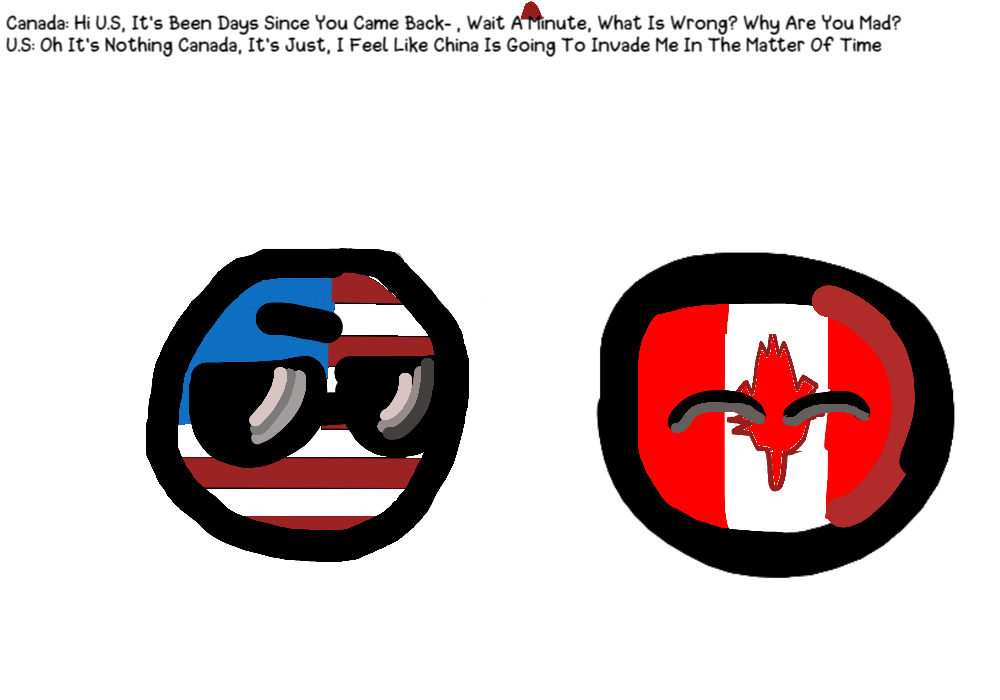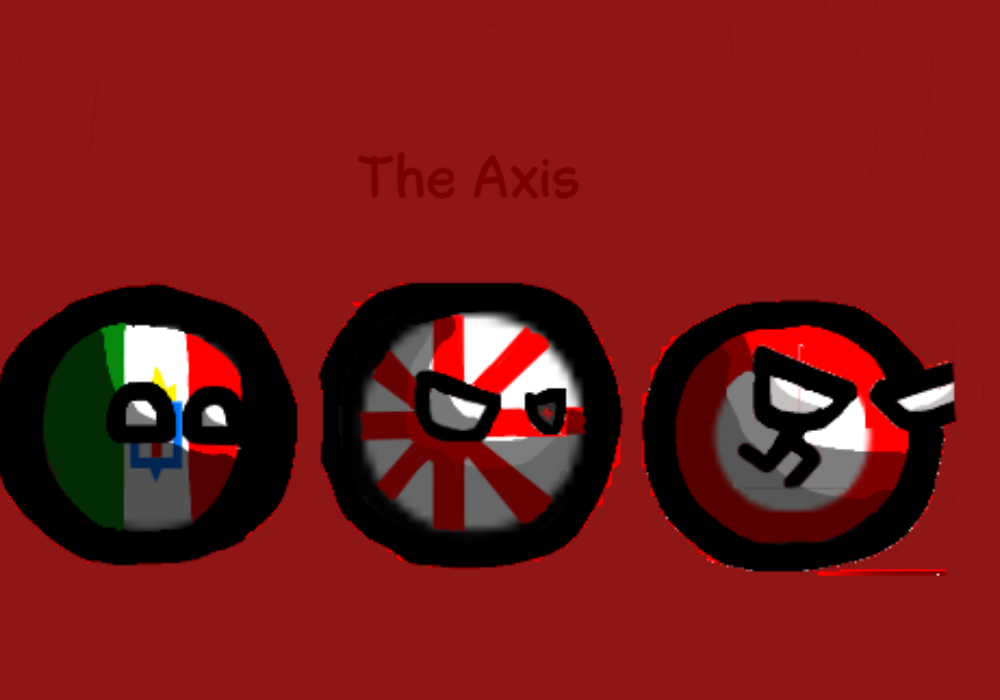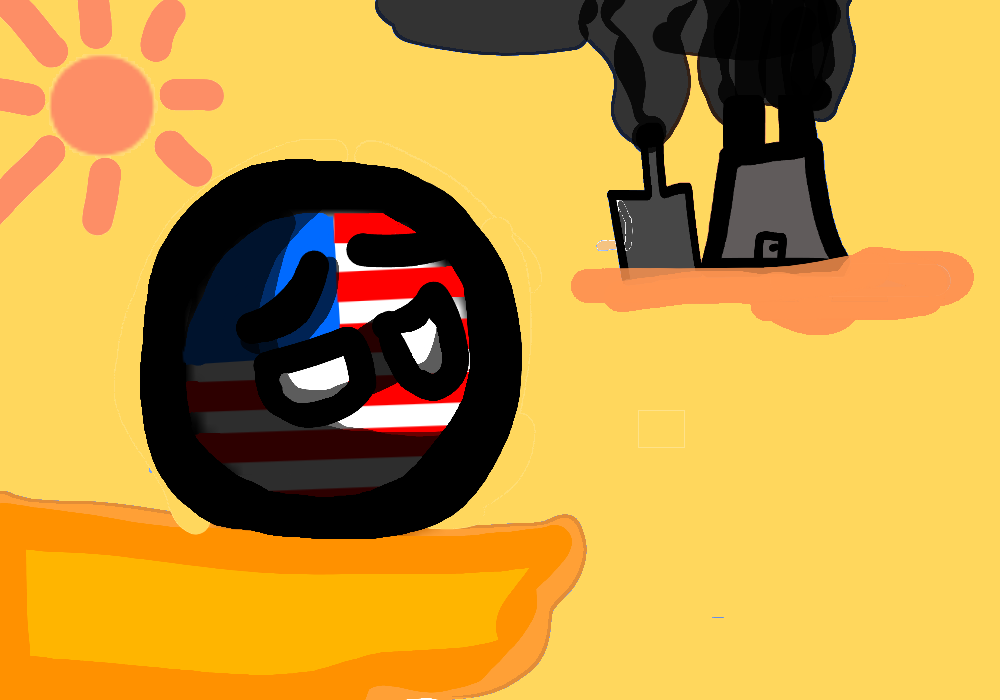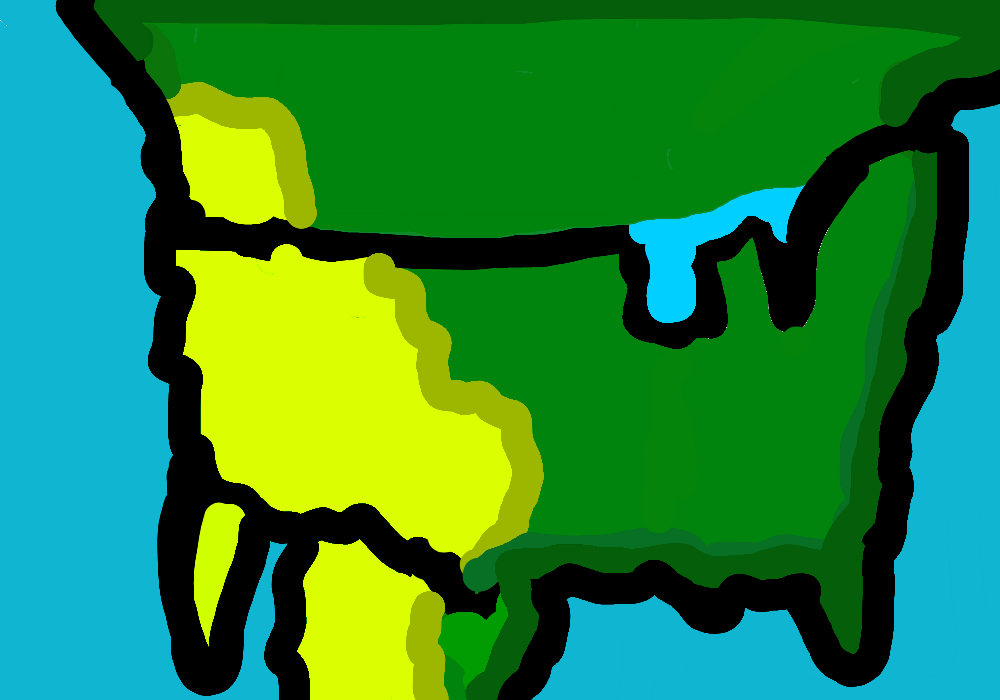
@Justin14
52 followers
161 following
The Flag Of Cape Verde
The first islands formed, around 40–50 million years ago, were present-day Sal and its eastern neighbors. The western islands were formed later, including São Nicolau (as early as 11.8 million years ago), São Vicente (nine million years ago), present-day Santiago and Fogo (four million years ago), and Brava (two to three million years ago).[1][2] Millions of years after the seamounts rose above the Atlantic, the first lizards, insects and plants came to the archipelago, possibly on ocean currents from the African mainland when the ocean's salinity was lower.[2]
The archipelago experienced several large volcanic eruptions, including Praia Grande 4.5 million years ago, São Vicente (and, possibly, present-day Porto Grande) 300,000 years ago,[3] Topo da Coroa 200,000 years ago, and east of present-day Fogo 73,000 years ago which inundated coastal Santiago Island and possibly Brava and part of the Barlavento Islands.[1]
During the last Ice Age, the sea level dropped to about 130 metres (430 ft) below its current level. Cape Verde's islands were slightly larger, and there was a large island known as Northwest Island. Santo Antão was one kilometer northwest of the island; Boa Vista and Maio were one island, and another island known as Nola (Ilha da Nola, northwest of Santo Antão) was about 80 to 90 metres (260 to 300 ft) meters above sea level. Before the end of the Ice Age, the Eastern Island (Ilha Occidental) split into three islands; one became submerged and is now the João Valente Reef, the Canal de São Vicente widened to provide 12 kilometres (7.5 mi) separation from Santo Antão, Nola Island was submerged and again became a seamount, and eastern Northwest Island broke up into São Vicente, the smaller Santa Luzia, and the two islets of Branco and Raso.[4]
Possible classical references
Cape Verde may have been referenced in De choreographia by Pomponius Mela and Historia naturalis by Pliny the Elder. Mela and Pliny called the islands "Gorgades", referring to the home of the mythical Gorgons killed by Perseus. In typical ancient euhemerism, they suggested the islands as the place where the Carthaginian Hanno the Navigator slew two female "Gorillai".
Pliny, citing the Greek writer Xenophon of Lampsacus, placed the Gorgades at two days' travel from "Hesperu Ceras" (the westernmost part of the African continent, today called Cap-Vert). As quoted by Gaius Julius Solinus, he also said that the voyage from the Gorgades to the Hesperides took around 40 days.[5] The Isles of the Blessed, written about by Marinus of Tyre and referenced by Ptolemy in his Geographia, may have been the Cape Verde islands.[6]
Portuguese discovery and colonisation
Coat of arms with ocean waves and a ship
Coat of arms of colonial Cape Verde
Many ships making landfall, seen from above
Sir Francis Drake at Santiago, Cape Verde; 1589 hand-colored engraving by Baptista Boazio
See also: Portuguese Cape Verde
15th and 16th centuries
The archipelago experienced several large volcanic eruptions, including Praia Grande 4.5 million years ago, São Vicente (and, possibly, present-day Porto Grande) 300,000 years ago,[3] Topo da Coroa 200,000 years ago, and east of present-day Fogo 73,000 years ago which inundated coastal Santiago Island and possibly Brava and part of the Barlavento Islands.[1]
During the last Ice Age, the sea level dropped to about 130 metres (430 ft) below its current level. Cape Verde's islands were slightly larger, and there was a large island known as Northwest Island. Santo Antão was one kilometer northwest of the island; Boa Vista and Maio were one island, and another island known as Nola (Ilha da Nola, northwest of Santo Antão) was about 80 to 90 metres (260 to 300 ft) meters above sea level. Before the end of the Ice Age, the Eastern Island (Ilha Occidental) split into three islands; one became submerged and is now the João Valente Reef, the Canal de São Vicente widened to provide 12 kilometres (7.5 mi) separation from Santo Antão, Nola Island was submerged and again became a seamount, and eastern Northwest Island broke up into São Vicente, the smaller Santa Luzia, and the two islets of Branco and Raso.[4]
Possible classical references
Cape Verde may have been referenced in De choreographia by Pomponius Mela and Historia naturalis by Pliny the Elder. Mela and Pliny called the islands "Gorgades", referring to the home of the mythical Gorgons killed by Perseus. In typical ancient euhemerism, they suggested the islands as the place where the Carthaginian Hanno the Navigator slew two female "Gorillai".
Pliny, citing the Greek writer Xenophon of Lampsacus, placed the Gorgades at two days' travel from "Hesperu Ceras" (the westernmost part of the African continent, today called Cap-Vert). As quoted by Gaius Julius Solinus, he also said that the voyage from the Gorgades to the Hesperides took around 40 days.[5] The Isles of the Blessed, written about by Marinus of Tyre and referenced by Ptolemy in his Geographia, may have been the Cape Verde islands.[6]
Portuguese discovery and colonisation
Coat of arms with ocean waves and a ship
Coat of arms of colonial Cape Verde
Many ships making landfall, seen from above
Sir Francis Drake at Santiago, Cape Verde; 1589 hand-colored engraving by Baptista Boazio
See also: Portuguese Cape Verde
15th and 16th centuries
Other Minitoons by @Justin14









































































































